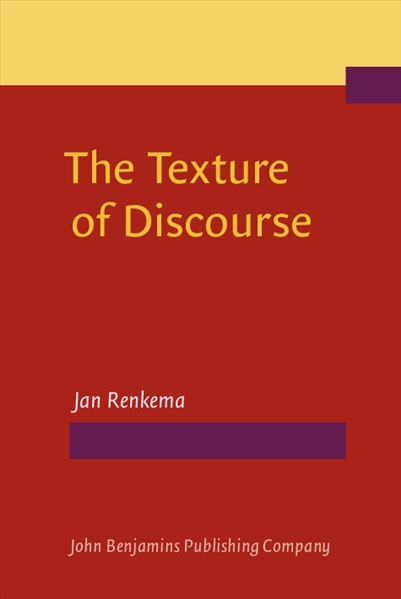
The aim of this new monograph is to give impetus to research into one of the central questions in discourse studies: what makes a sequence of sentences or utterances a discourse?
The theoretical framework ...
The aim of this new monograph is to give impetus to research into one of the central questions in discourse studies: what makes a sequence of sentences or utterances a discourse?
The theoretical framework for describing the possibilities of discourse continuation is delineated by two principles: the discursive and the dialogic principle. The 'chord' of discourse is unfolded in a tripartite 'wire': Conjunction, Adjunction and Interjunction, each containing three aspects, leading to a Connectivity Model. This new three-by-three taxonomy of discourse relations incorporates findings from several theories and approaches that have evolved over the last three decades, including Systemic Functional Linguistics and Rhetorical Structure Theory. In comparing this model to other models, this monograph presents a state-of-the-art of discourse relation analysis in combination with detailed accounts of many examples.This monograph furthermore proposes a new way of presenting discourse structures?in 'connectivity graphs'?followed by eleven commandments for the segmentation and labelling of discourse, and three procedures for disambiguation if more labels are applicable. This monograph can provide a base for corpus linguistic analysis on discourse structures, computational approaches to discourse generation and cognitive experimental research of discourse competence.
Read Full Description >>
|
ISBN: 9789027232663 |
£76.00 |
